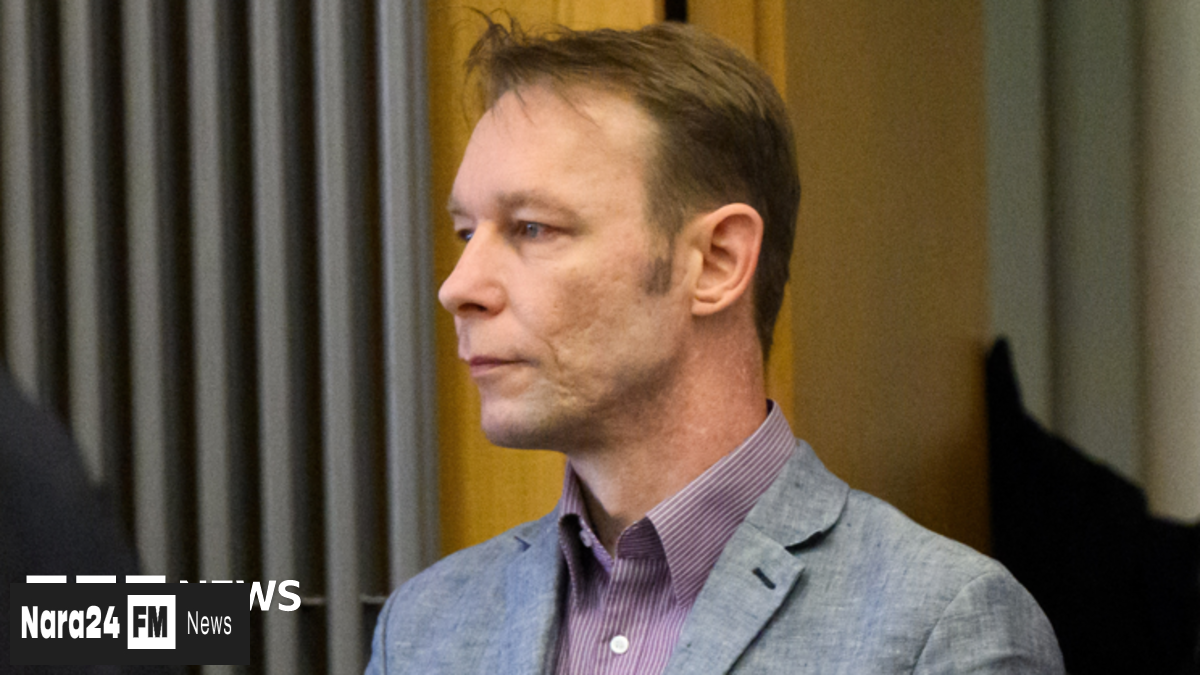In This Article
- Details of the Masindi Prison Incident
- Victim's Injuries and Medical Response
- Systemic Challenges in Uganda's Prisons
- Investigation into Security Lapses
- Calls for Reform and Broader Implications
Deadly Prison Clash in Masindi Claims Life of Convicted Inmate
On August 3, 2024, a lethal altercation occurred at Masindi Government Prison in Uganda, where a convicted defilement inmate, Moses Tuhame, was fatally attacked by a fellow prisoner, Anatoli Irumba, who was awaiting trial for the murder of his mother. The incident, which took place in the early hours of the morning in the TB isolation ward, has sparked renewed scrutiny of the country’s prison conditions.
According to Frank Baine Mayanja, spokesperson for the Uganda Prisons Service, Tuhame sustained severe injuries during the attack and was transported to Masindi Hospital. Despite medical efforts, he succumbed to his wounds hours later. Mayanja confirmed that the Uganda Police Force has taken charge of the investigation, with a postmortem examination pending before the body is handed over to Tuhame’s family.
The attack underscores systemic challenges in Uganda’s correctional facilities, including inadequate segregation of inmates with differing risk levels. Recent years have seen criticism of overcrowded prisons, insufficient staffing, and poor protocols to prevent violence between detainees. While reforms have been introduced, authorities acknowledge ongoing struggles to address isolated but deadly incidents within prison walls.
Mayanja emphasized that the investigation will assess whether lapses in supervision or security measures contributed to the tragedy. The findings are expected to inform future strategies to enhance inmate safety and reduce risks of such confrontations. This incident adds to a growing list of concerns about the stability of Uganda’s prison environment, where tensions between remand prisoners and those already serving sentences often escalate.
Authorities have called for urgent improvements to prevent further tragedies, though the broader implications of the attack remain a focal point for advocates and officials alike. The case highlights the delicate balance required to maintain order in facilities where vulnerable individuals are housed alongside those awaiting trial.







Comments (0)
Leave a Comment
Be the first to comment on this article!